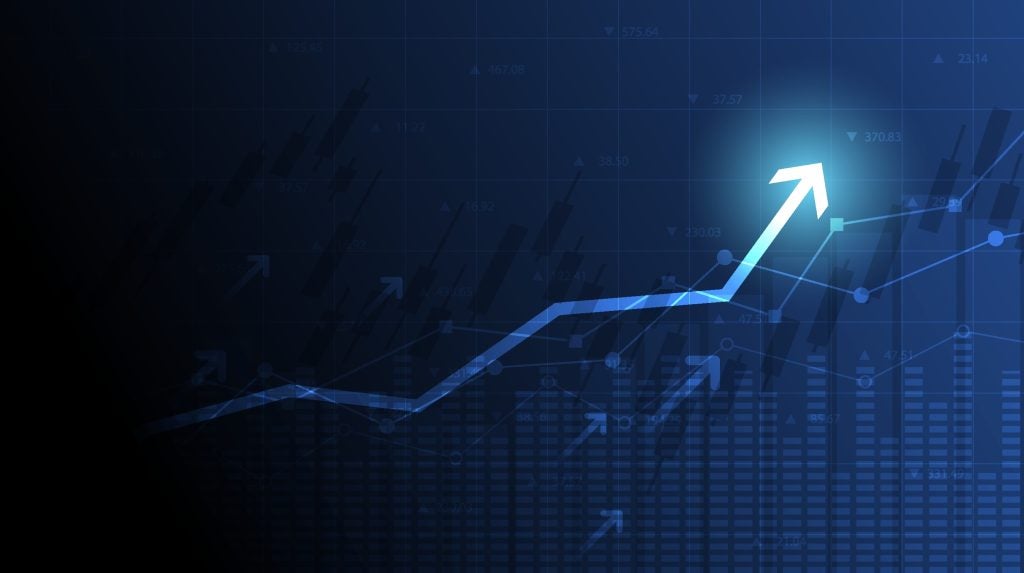Banks are increasingly targeted by criminals. As Mohamed Dabo reports, risk mitigation and security protection are growing issues that banks and other financial institutions need to do more to tackle.
With the number and severity of fraud rising, and security attacks getting more sophisticated, banks are more vulnerable than ever as they operate in a volatile environment of rapid digital transformation.
Security is important for any business but vital for banks and other financial institutions. It’s as much an issue for the financial institutions as it is for their customers. But experts say many banks are sitting on obsolete security systems.
Some of the issues facing the industry include the following:
Ineffective authentication and passwords
Many financial institutions have old password requirements. These may have been more than adequate at one time, but most are now woefully inadequate.
One example is the 8-character requirement for passwords, including upper- and lower-case letters and special characters or symbols. Experts now consider this a flimsy hurdle that is easily overstepped.
The security questions (e.g., “What is your mother’s maiden name?”) often used as an extra layer of protection are just as ineffective. Instead, experts recommend using stronger passwords that include better authentication protocols.
How well do you really know your competitors?
Access the most comprehensive Company Profiles on the market, powered by GlobalData. Save hours of research. Gain competitive edge.

Thank you!
Your download email will arrive shortly
Not ready to buy yet? Download a free sample
We are confident about the unique quality of our Company Profiles. However, we want you to make the most beneficial decision for your business, so we offer a free sample that you can download by submitting the below form
By GlobalDataThe multi-factor authentication (MFA) is one such example. It combines two or more independent credentials: what the user knows (password), what the user has (security token), and what the user is (biometric verification).
Lack of proper equipment
The physical security of facilities and equipment within banks is essential. Branch offices, ATMs, operation centres, corporate offices, and all other bank facilities need to be properly secured. This includes having the essential equipment, such as alarms, CCTV coverage, and other necessities. The absence of proper equipment encourages physical breaches and thefts.
Bank robberies, though a possibility, are not necessarily the most likely danger. Theft of data, consumer information, or sensitive business information are the most likely consequences of unsecured facilities.
Inadequate protection of the company network
The availability of financial services online reduces costs for financial institutions and provides convenience for customers. On the other hands, it poses serious risks to the security of both.
As cybercriminals troll the internet, financial institutions and their customers are among their favourite targets. Therefore, securing the company’s network is paramount. Proper security measures for banks are those that would prevent data breaches and prevent cybercriminal from infecting their networks with malicious software.
A proper security protocol would include regular audit and vulnerability check-ups. These and other measures will ensure that customer data and bank accounts are safe from cybercriminals.
In the end, the security of banks is a matter of vital importance not only the banks themselves, but to their clients and the economy as a whole.







